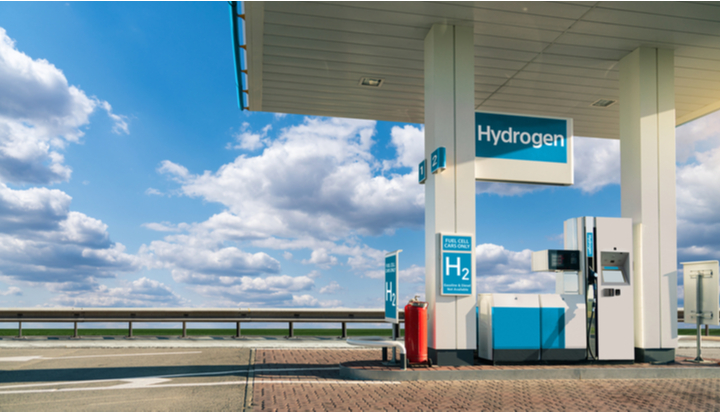
Blue Hydrogen — Bad Idea to Prop Up Fossil Fuels
From the Opinion Editorial in the Morgantown Dominion Post, October 2, 2021
If we have any complaints about the still-pending (as of this writing) bipartisan infrastructure package, it would be the $8 billion Sen. Joe Manchin slipped in there for blue hydrogen energy. Hydrogen can and should be part of our energy future, but when we talk about hydrogen-based energy, we need to distinguish between blue hydrogen and green hydrogen.
Blue hydrogen is made from natural gas, but it’s touted as producing fewer emissions than regular hydrogen energy production. Blue hydrogen uses an energy-intensive process that uses steam, high heat and pressure to break down methane into hydrogen and carbon monoxide, paired with carbon capture (catching carbon before it can enter the atmosphere and storing it underground). The energy needed to fuel this process is provided by more fossil fuels.
According to the peer-reviewed study “How green is blue hydrogen?”: “Far from being low carbon, greenhouse gas emissions from the production of blue hydrogen are quite high, particularly due to the release of fugitive methane. … [T]he greenhouse gas footprint of blue hydrogen is more than 20% greater than burning natural gas or coal for heat” based on the study’s default parameters. Green hydrogen, on the other hand, is made from water and powered by renewable energy. Using electricity, water is broken down into hydrogen and oxygen.
Green hydrogen is obviously the better option. The problem? At the moment, green hydrogen isn’t a feasible large-scale solution.
The first stumbling block: As reported by The New York Times, “In most places, there simply isn’t enough renewable energy to produce vast amounts of green hydrogen.” As America finally starts investing in widespread renewable energy systems, we will hopefully see that change.
The second stumbling block: The device used to create green hydrogen doesn’t last very long. And this is where Manchin could have — and should have — thrown West Virginia a bone. Researchers at WVU are working on solving that problem right now.
The device in question is a solid oxide electrolysis cell. The cathode materials connected to the cell are susceptible to chromium poisoning, which can negatively affect the cell’s output or even block the pathways through which the oxygen diffuses, according to a study from the University of Birmingham.
As we reported this past Monday, WVU’s Wenyuan Li, Xingbo Liu and Edward Sabolsky are working on making solid oxide electrolysis cells a commercially viable option — which in turn makes green hydrogen a viable large-scale solution to reduce carbon emissions.
Instead of throwing yet more money at the fossil fuel industry (which Manchin still profits from), Manchin and his colleagues should be providing funding for research and development like that taking place at WVU on green hydrogen. If he had done that, rather than slating $8 billion for high-carbon blue hydrogen, Manchin could have supported West Virginia and the fight against climate change.
URL: https://www.dominionpost.com/2021/10/02/hydrogen-is-not-always-clean-energy/
>>>>>>…………………>>>>>>…………………>>>>>>
See also: Touted as clean, ‘blue’ hydrogen may be worse than gas or coal, Cornell Chronicle, Blaine Friedlander | August 12, 2021
The carbon footprint to create blue hydrogen is more than 20% greater than using either natural gas or coal directly for heat, or about 60% greater than using diesel oil for heat, according to new research published August 12, 2021 in Energy Science & Engineering.
